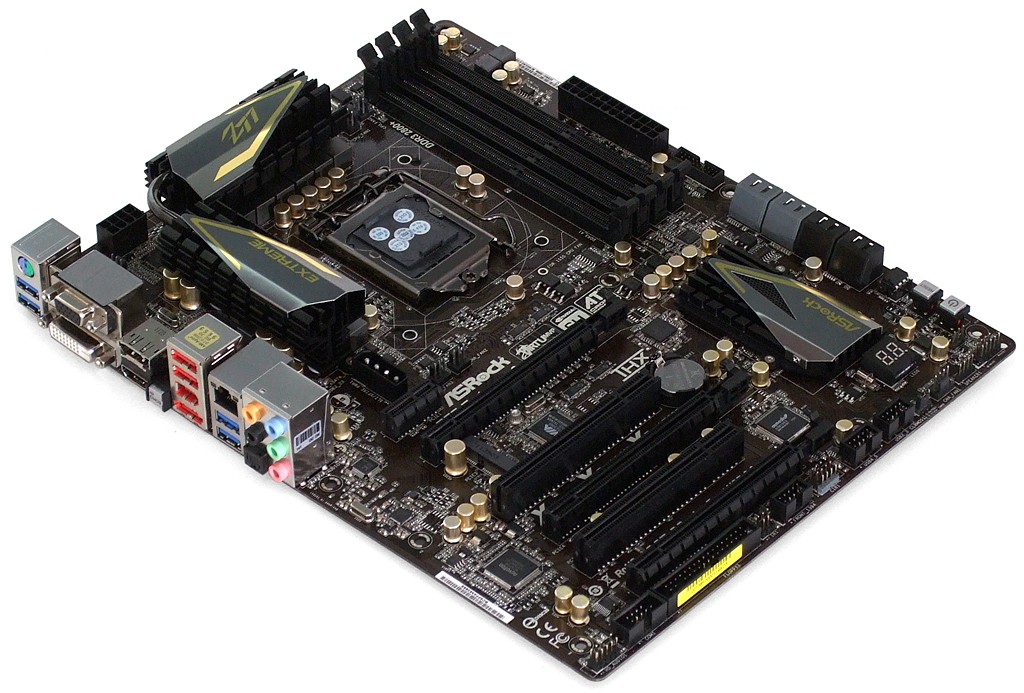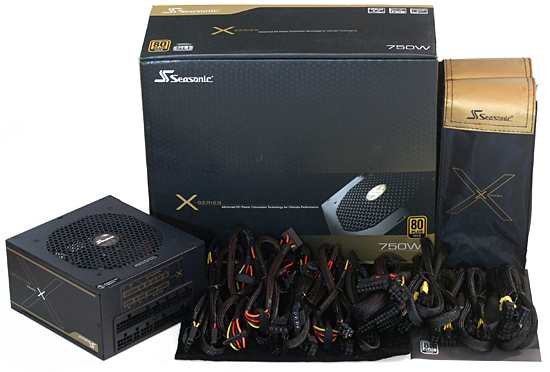System Builder Marathon, June 2012: $2000 Performance PC
Graphics, Motherboard, And Power
Graphics: Asus GTX 680 DirectCU II Top Edition
Just as the CPU dictated our cooling and RAM choices, graphics dictated our motherboard layout and power needs. We knew from the beginning that this would be Nvidia’s turn, since its GTX 680 bested the similarly-priced Radeon HD 7970 used in our previous $2600 build.
Read Customer Reviews of Asus' GTX 680 DirectCU II Top Edition
Asus’ GTX680-DC2T-2GD5 offers enhanced cooling and power optimization to help us top its already phenomenal 1201 MHz / GDDR5-6008 factory-configured overclock. However, we didn't pick this card for today's story; rather, Newegg helped us track it down, given significant supply issues on GeForce GTX 680s.
Done over, we'd be inclined to go with one (or even two) GeForce GTX 670s, which weren't yet available when we started buying hardware, but sell for as little as $140 less than this model.
Motherboard: ASRock Z77 Extreme6
Our recent round-up revealed two top-value choices for Ivy Bridge-based overclocking, and we suggested that on-board features and slot layout would be the best criteria for a buyer to select between them. The competing board supported three-way graphics at x8-x4-x4 mode and PCIe 3.0 transfers, while ASRock’s sample supported x8-x8x-4 with the third slot in PCIe 2.0 mode. Either board would force all sixteen lanes to a single card if the other slots were unpopulated.
Read Customer Reviews of ASRock's Z77 Extreme6
We want to leave the option for SLI open as an available upgrade, but don't really care about three-way configurations here. Eight-lane transfers for two-way SLI are surely adequate, thanks to the bandwidth-doubling ability of PCIe 3.0 (compared to PCIe 2.0).
Scratching three-way SLI off our list forced us to consider what other devices a user might want to put in that third slot, and the borrowing of CPU-based lanes for that slot on MSI’s board nudged us towards ASRock’s design.
Power: Seasonic X750 Gold
A high-quality power supply is probably the most important part in a high-end system, lest it be saddled with instability and the potential of a fiery death. Thanks to Seasonic, we were able to match the needed stability and capacity with a high-efficiency 80 PLUS Gold rating for only $160.
Read Customer Reviews of Seasonic's X750 Gold
Efficiency improved on the Ivy Bridge and Kepler architectures put the X750 Gold's output capability at roughly twice what we thought we’d actually need. But this build was designed for upgrades. Advanced planning should allow the winner of this system to eventually add SLI and several drives without worrying about overburdening the unit.
In addition to fulfilling all of our power desires, the X750 Gold’s full modular cabling will allow ours to be a relatively clutter-free build.
Current page: Graphics, Motherboard, And Power
Prev Page CPU, CPU Cooler, And Memory Next Page System, Storage, And Optical DrivesGet Tom's Hardware's best news and in-depth reviews, straight to your inbox.
-
vakuma5000 Awesome Build!!Reply
I have the exact same GTX 680 from ASUS, and I love it. Managed to get 1337Mhz out of the core and 6800 out of the memory. I achieved that with only 115% power limit. If I raise the power limit any higher, i start to loose performance and stability. That is a truly awesome memory oveerclock you got out of it! Congrats!
Very much looking foreward to the value comparison.
Would LOVE to see the 1800$ build win the value comparo!
GO GTX 680!!
My vote goes towards keeping a gaming focus as opposed to a more "all-in-one" type build.
Love the System Builder Articles, love Toms! -
vakuma5000 Unfortunately GTX 680 availability is still pretty spotty.Reply
Had to spend 2 days on newegg, refreshing the page every few mins to get the model i wanted.
However, it IS looking better. They are listing them more often on newegg, and they don't sell-out as quickly as they were a few weeks ago.
Check newegg daily from 5:30pm to 6:30 pm CST, and you should be able to catch one.
The GTX 670's are in stock right now.
Good luck rohitbaran! -
slicedtoad Replyshould we keep the gaming focus or move back towards higher-cost do-it-all machines?
Personally, I'm happy with the gaming focus. Don't know how others feel but gaming performance is more important than productivity benchmarks for me. I compile a lot of code and do some video encoding but I find gaining fps in games is more important than shaving seconds off my work. Besides, productivity follows gaming performance close enough.
On another note, I dislike value comparisons when things like SSD size and optical drives have made an impact in price. A larger SSD does nothing for a benchmark but is awesome in practice. I'd prefer only comparing the combined price of the gpu, cpu, cooler(s) and mobo in the value chart. That's not a perfect solution but it annoys me that things like high quality PSUs, nice cases, blu-ray burners and large SSDs throw things off so much. -
Crashman strandiamSo many great cases to choose from with so many great features....Perhaps the award-winning NZXT Phantom 410 next time?Reply
http://www.tomshardware.com/reviews/mana-136-midgard-ii-phantom-410,3203-5.html -
sam_fisher CrashmanPerhaps the award-winning NZXT Phantom 410 next time?http://www.tomshardware.com/review 203-5.htmlReply
My only dislike about this build is the case, for a $2000 PC I would prefer a case that was tidier and larger than the Antec Nine Hundred (especially with the layout of the HDD bays). The NZXT Phantom 410 would be much better for that budget.







